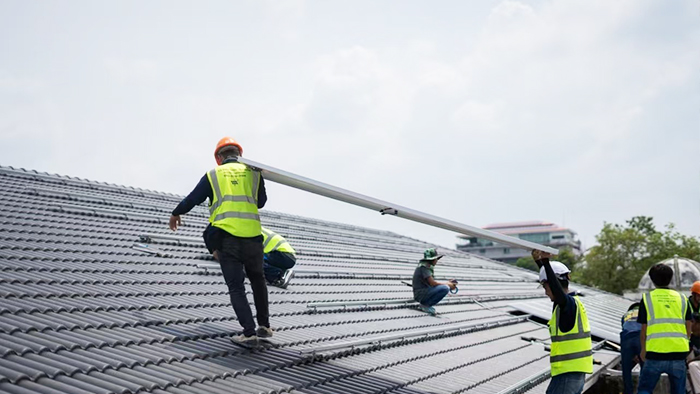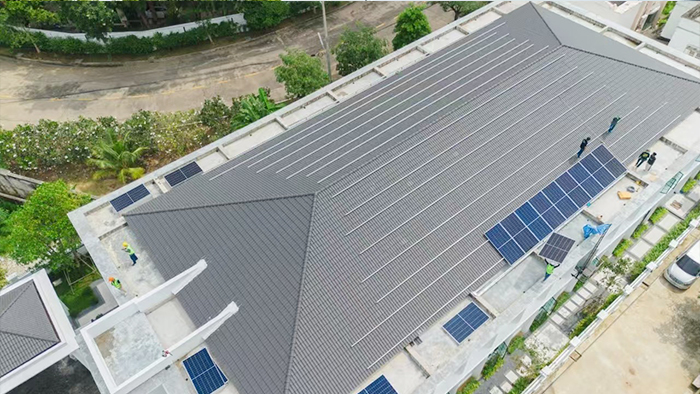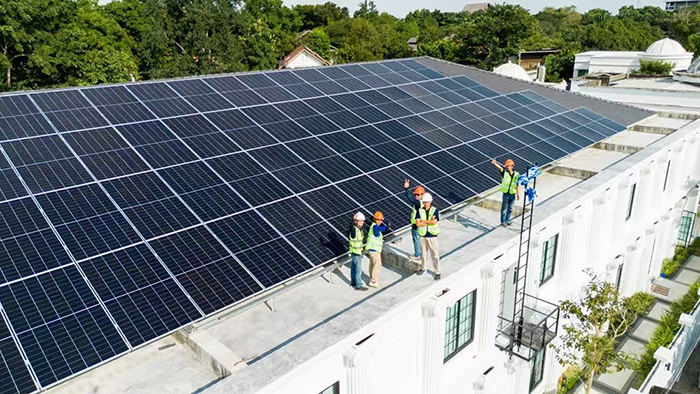Under the goals of "dual carbon" (carbon peaking and neutrality) and strong government support, China's solar installations, both centralized and distributed, continue to see substantial growth. Given that solar modules are expected to operate reliably for 20-25 years, quality takes precedence over price. While the cost for a quality module stands around 0.68 RMB/W, this ensures reliable long-term performance.
Key Selection Principles
1. Reliability and Quality
Choose certified modules from reputable suppliers. Opt for products certified by international or national agencies like CQC. Modules should be weather-resistant, handling extreme temperatures, rain, wind, and sun exposure. Evaluate the supplier’s production stability, brand reputation, and after-sales support.
2. Efficiency and Power Output
High-efficiency modules maximize energy output and reduce the total number of panels required, cutting initial investment costs. Tailor the power rating to match both the system’s energy requirements and available roof space.

3. Cost-Efficiency
Account for the initial purchase, shipping, and installation costs, as well as maintenance. Select products with low maintenance needs to reduce long-term costs and ensure a favorable lifecycle cost assessment.
4. Adaptability and Scalability
Select modules suited to the local climate and roof structure, and consider future scalability.
5. Safety and Compatibility
Choose modules with safety features such as fire and lightning resistance, and ensure compatibility with other system components like inverters and mounting structures.
6. Policy and Technological Trends
Stay updated on local PV policies, subsidies, and tax incentives. Consider modules with advanced technology, such as N-type modules, which are increasingly popular for their efficiency and cost advantages.
Selection Process
1. Assess Roof Type and Size
Determine the type (e.g., steel, concrete) and load-bearing capacity of the roof. Calculate usable area to estimate the potential installation capacity.

2. Analyze Solar Exposure
Evaluate sunlight intensity and shading from nearby objects to optimize panel layout and tilt.
3. Select Module Type
Choose between monocrystalline for higher efficiency and aesthetics or polycrystalline for lower cost. Match module size and power to installation space and capacity needs.
4. Evaluate Module Performance
Opt for high conversion efficiency and low temperature coefficient modules, and select those with minimal degradation rates.
5. Assess Economic Costs
Evaluate initial costs (purchase, transportation, and installation) as well as maintenance and potential revenue.
6. Other Considerations
Ensure the module aesthetics align with the building’s design, and verify compatibility with other system components. Policies and incentives should also guide the selection process.
Selection Recommendations
Small Residential Projects: For projects with limited roof space, choose compact and lightweight modules (e.g., 166-60 or 158-72 types) for ease of installation.

Large Residential & Small-Medium Commercial Projects: High-power modules help lower system costs and increase output, with recommended options including 158-72, 158-78, and 166-72 types.
Large Commercial Projects: For larger spaces needing high output, choose high-efficiency, high-power modules like 166-72 or 182-72.
Conclusion
With advancements in solar technology, modules are increasingly moving toward high efficiency, lower cost, and eco-friendly sustainability. Stay informed on emerging technologies to select forward-looking, competitive modules that align with future market needs.








